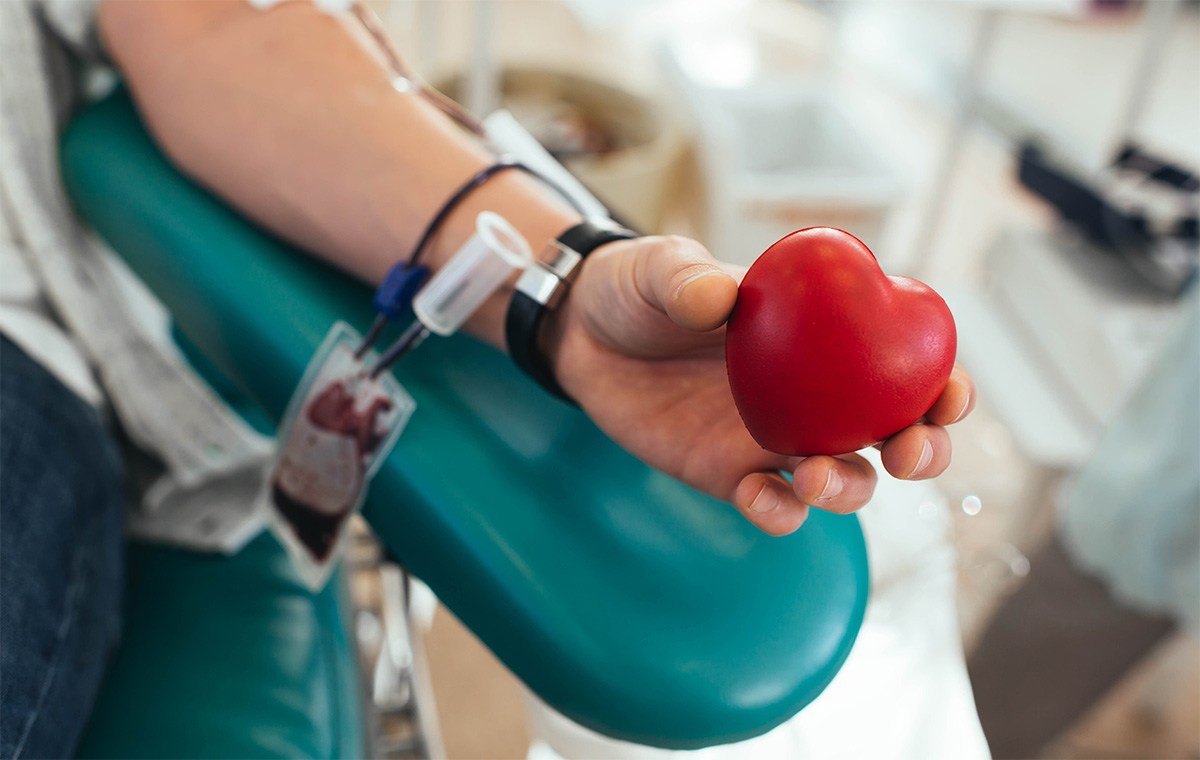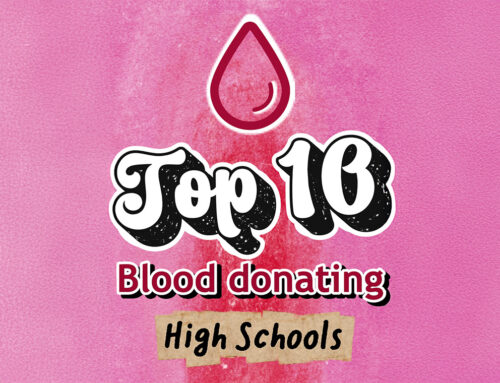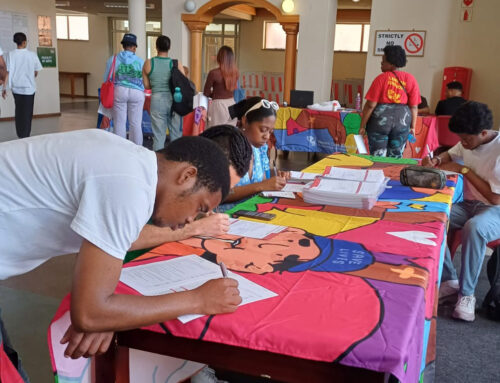Nature is filled with weird and wonderful things – and there are plenty of fascinating facts about blood. From blue blood to personality types to a man with a golden arm, these facts are sure to blow you away!
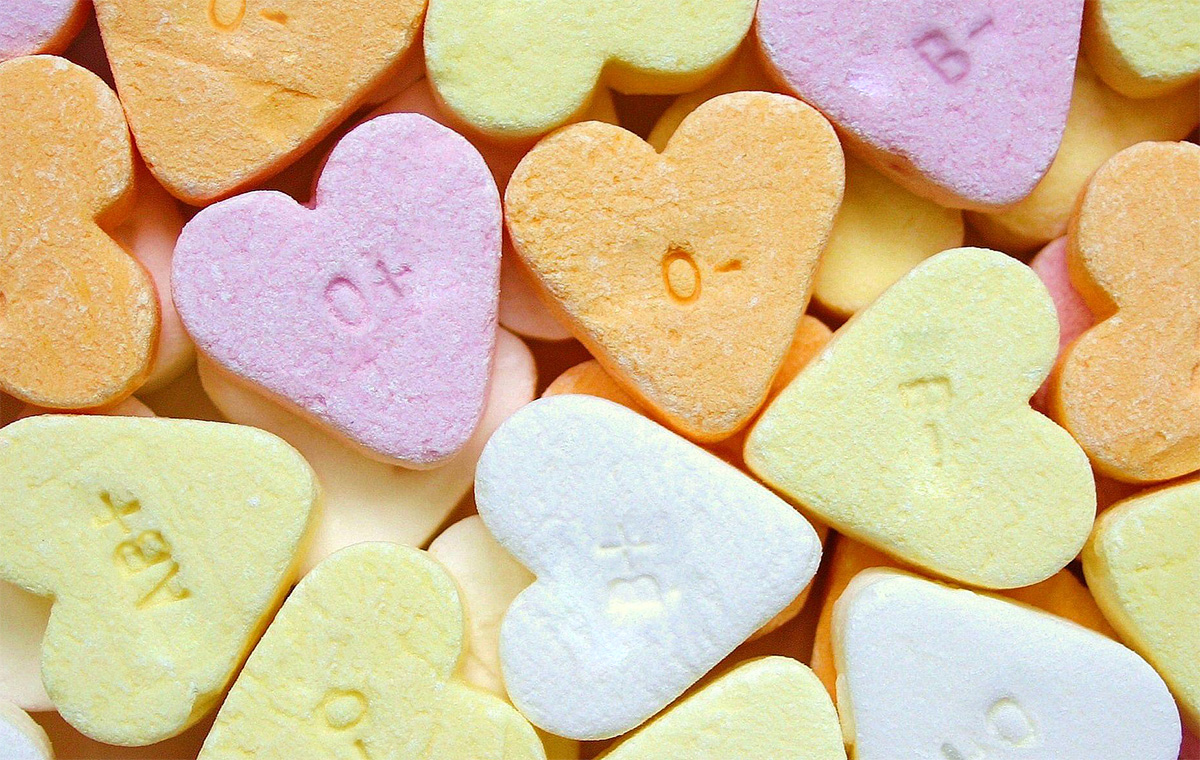
Your blood type personality
In Japan, it is thought your blood type is closely connected to your personality type. This stems from a theory proposed in 1929 by Takeji Furukawa, who worked in the admin department of a high school and noted the different temperaments of applicants.
People with type A blood are thought to have traits such as creativity, cleverness and cooperativeness. Individuals with type B blood are supposed to be strong, passionate, empathetic, and decisive. Those with type AB blood include traits such as rationality and adaptability, while Type O people have been linked to characteristics such as confidence, determination, resilience, and intuition.
While the theory has been debunked, it still holds a lot of popularity today.
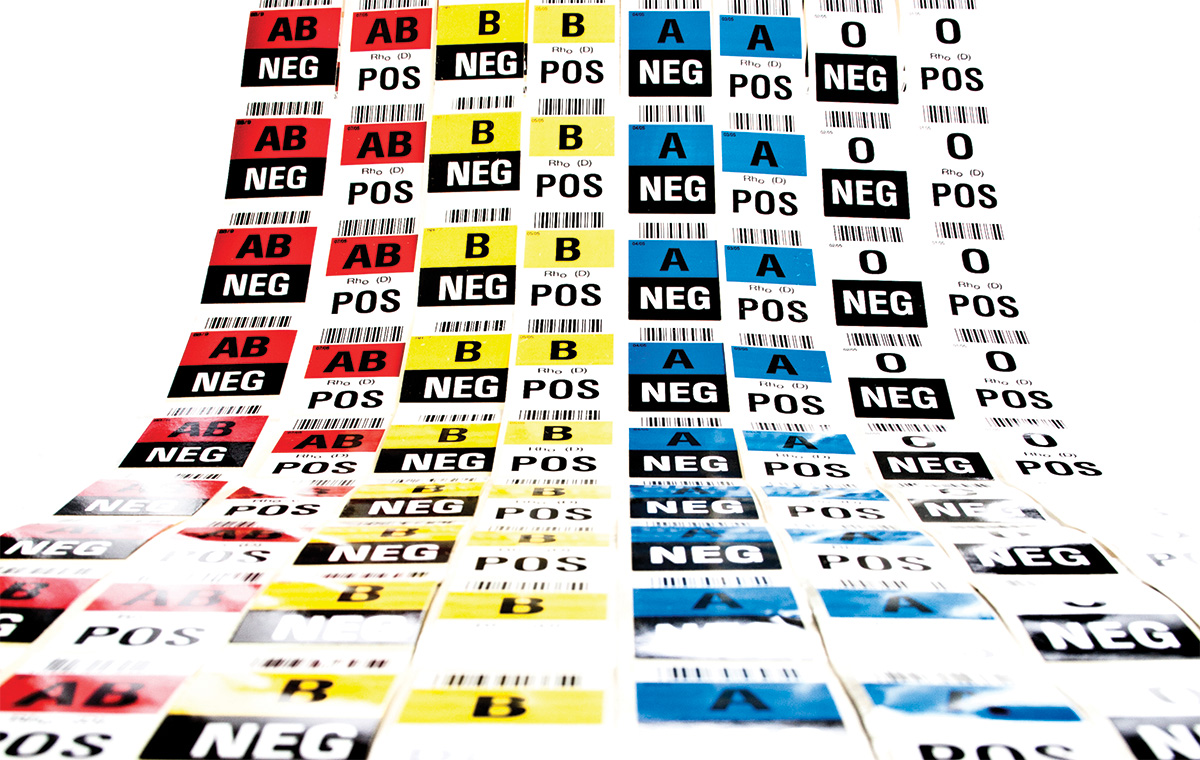
Blood types by country
The most common blood type in South Africa is O positive at 39%. The least common is AB negative at 1%.
Blood type distributions vary by population. O positive is also the most common blood type in countries like the USA, UK, China, Brazil and Australia.
A positive is the most common blood type in countries like Japan, Spain, Denmark and Turkey, while Bangladesh and Pakistan have B positive as the most common blood type.
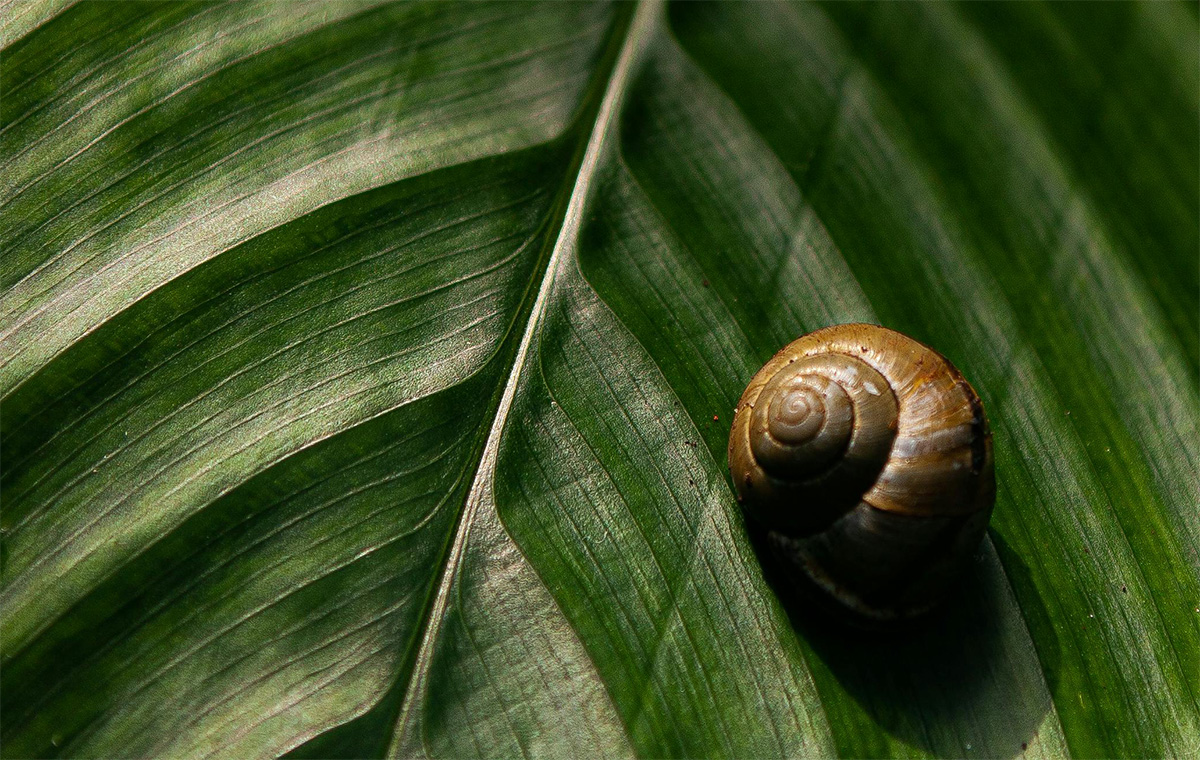
The different colours of blood
Humans have red blood because our red blood cells are packed with haemoglobin – an oxygen-carrying protein that contains iron. It’s the presence of iron that turns our blood red when exposed to air.
This is not true for all creatures though. Several species of octopus have blue blood because of hemocyanin – a protein that carries oxygen in their body and is rich in copper. Snails, spiders, slugs, and squid also have blue blood for the same reason.
Meanwhile, the prasinohaema skink of Papua New Guinea has green blood due to high levels of biliverdin – a by-product from haemoglobin broken down in the liver. The ocellated icefish found in Antarctica has blood that is completely clear. Instead of having an oxygen carrier in its blood, it relies on the dissolved oxygen in the cold water.
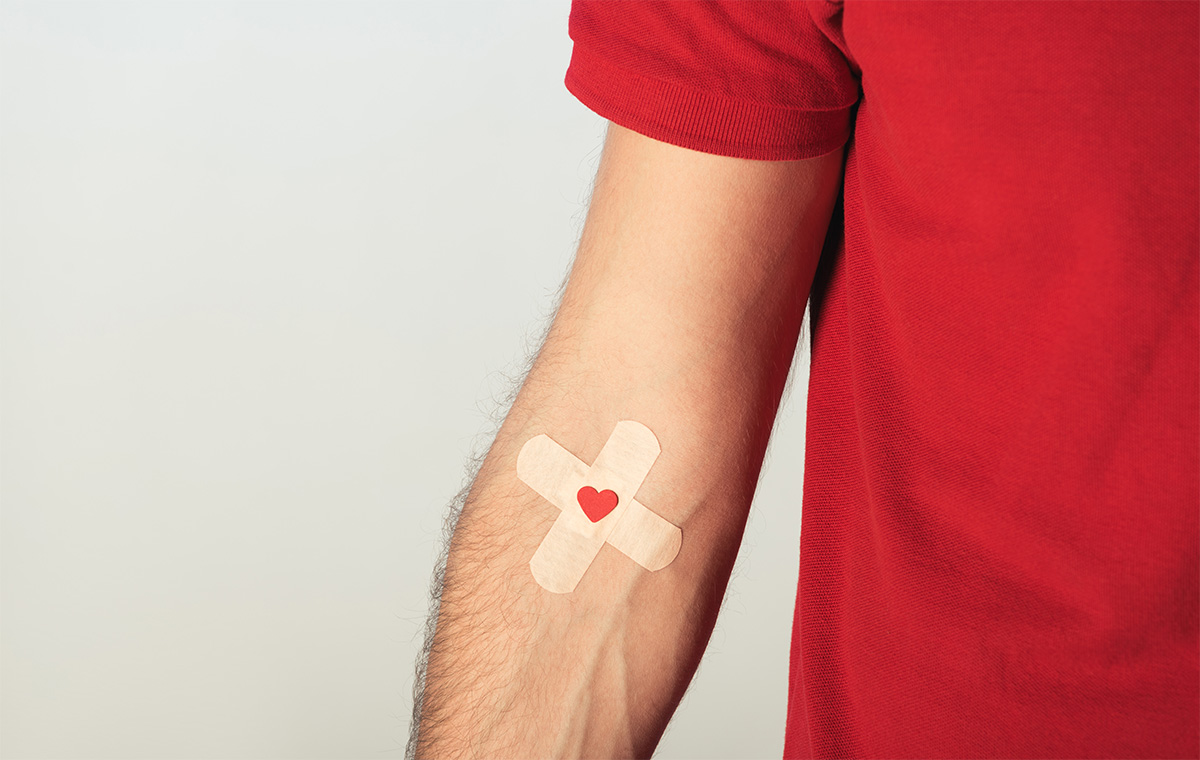
Your red blood cell factory
The body is one of the most efficient factories on earth. It is estimated that it replaces about 330 billion cells daily, which accounts for about 1% of all our cells.
While a red blood cell takes about 2 days to form, they are produced at a mind-blowing rate of 2 million a second. Our bodies need so many red blood cells because they continuously supply oxygen to our cells. This is why they need to be generated constantly to keep us healthy and active.
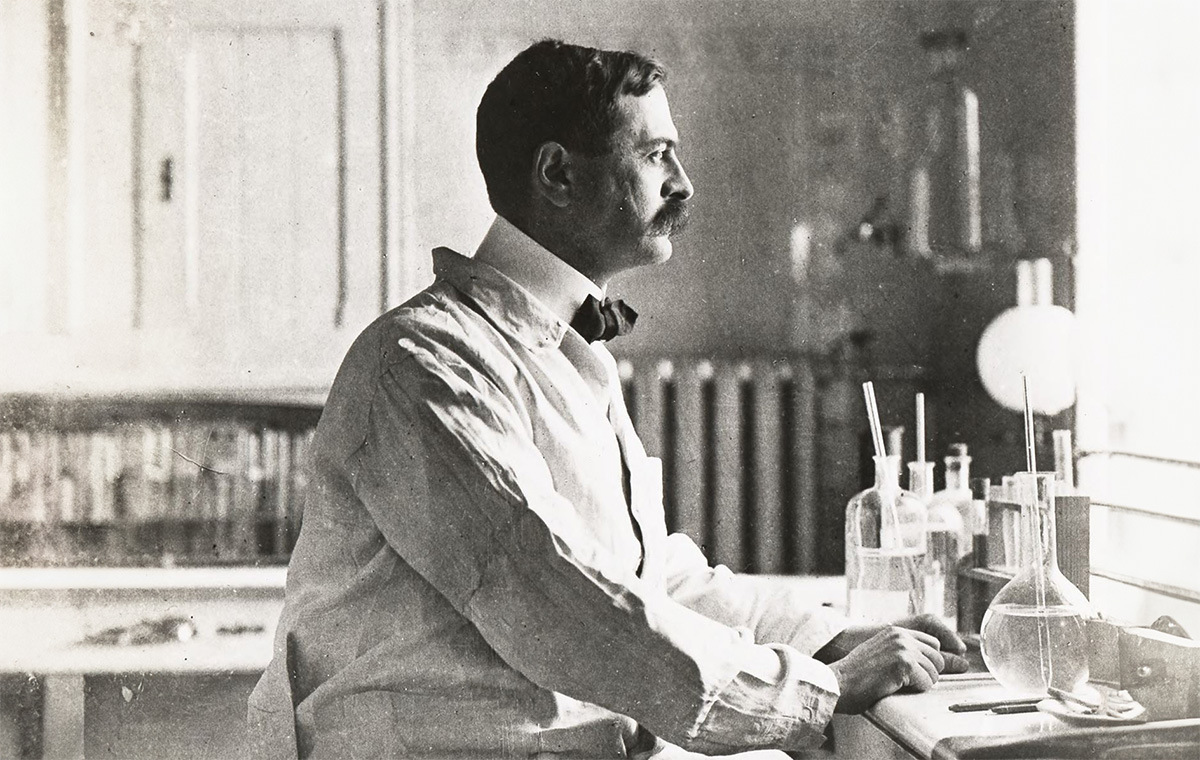
World Blood Donor Day
On 14 June we celebrate World Blood Donor Day. This day commemorates the birthday of Karl Landsteiner, who discovered the ABO blood group system.
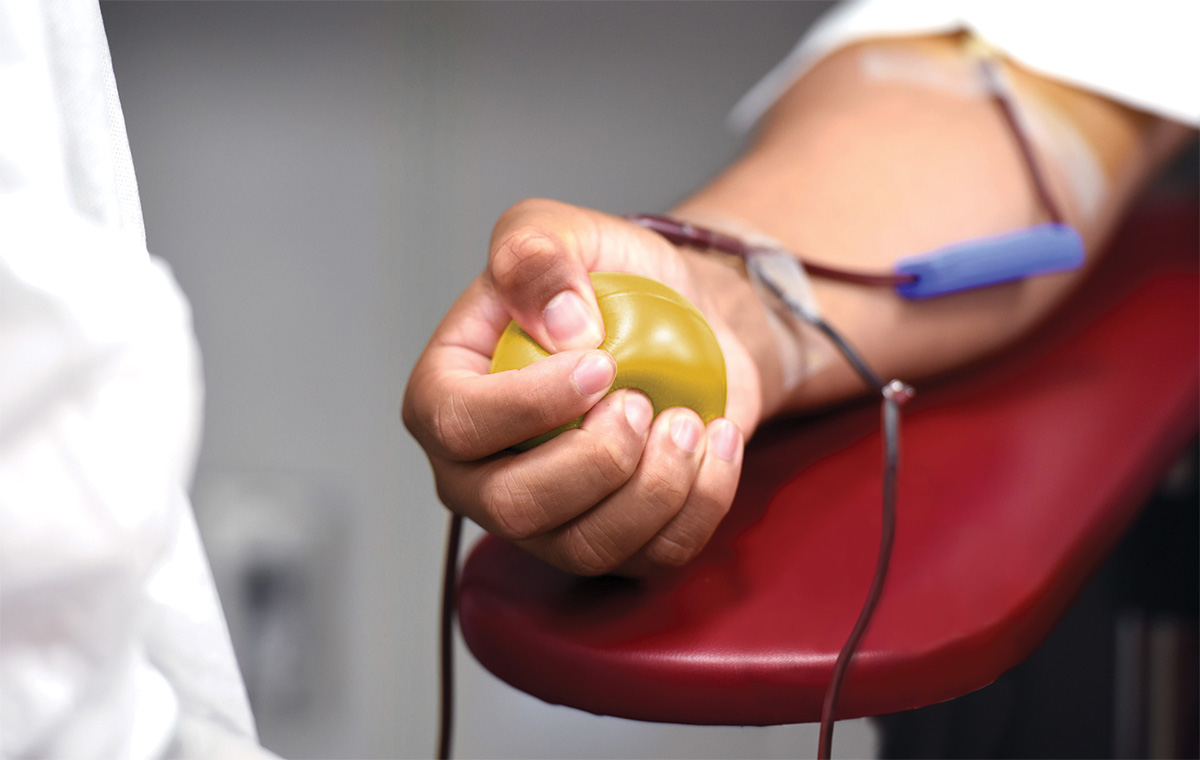
The man with the golden arm
After having a blood transfusion at the age of 14, an Australian man named James Harrison pledged to start donating blood once he turned 18. He stuck to his word and started donating in 1954. It was discovered that his blood contained rare antibodies against the RhD protein, which are used to treat Rhesus disease.
He donated plasma until the age of 81, reaching 1,173 donations over his lifetime and saving over 2 million lives. This earned him the title of the Man with the Golden Arm.
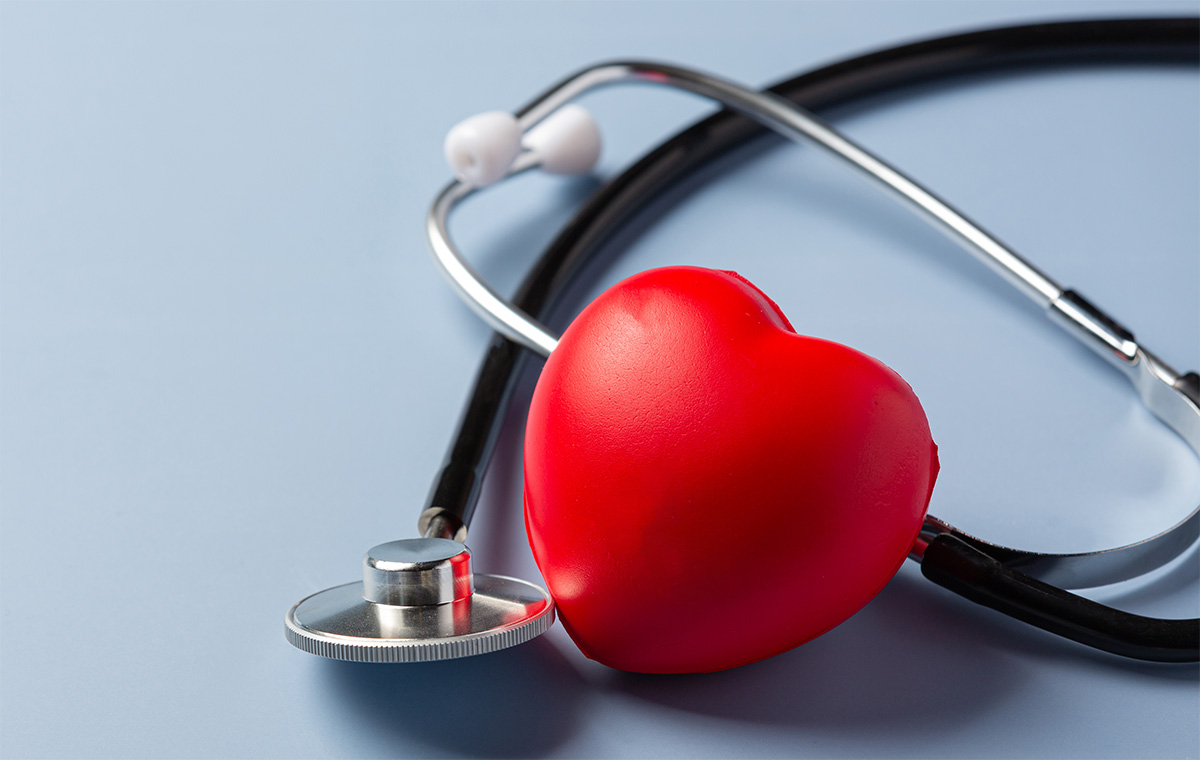
Pumped to save lives
On average, the human heart pumps 1.5 million barrels of blood in a lifetime (around 200 train tank cars). It beats approximately 115,000 times each day, circulating around 7500 litres of blood.
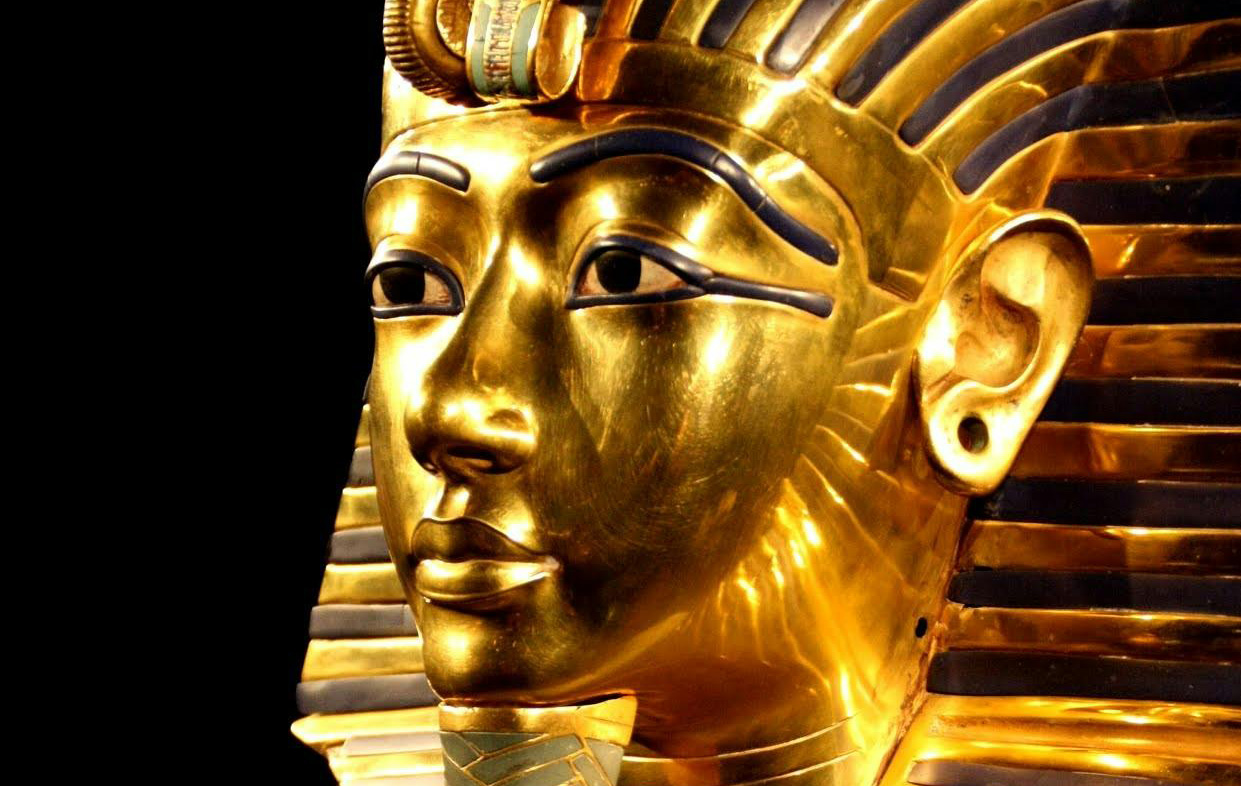
Your blood is golden
In total, the human body contains around 0.2 mg gold – and most of it can be found in the blood.
Our bodies also contain a wonderfully peculiar mix of other elements, such as silicon (which is used to make computer chips), vanadium (used in the construction of nuclear reactors), and tin (used in the production of food cans).
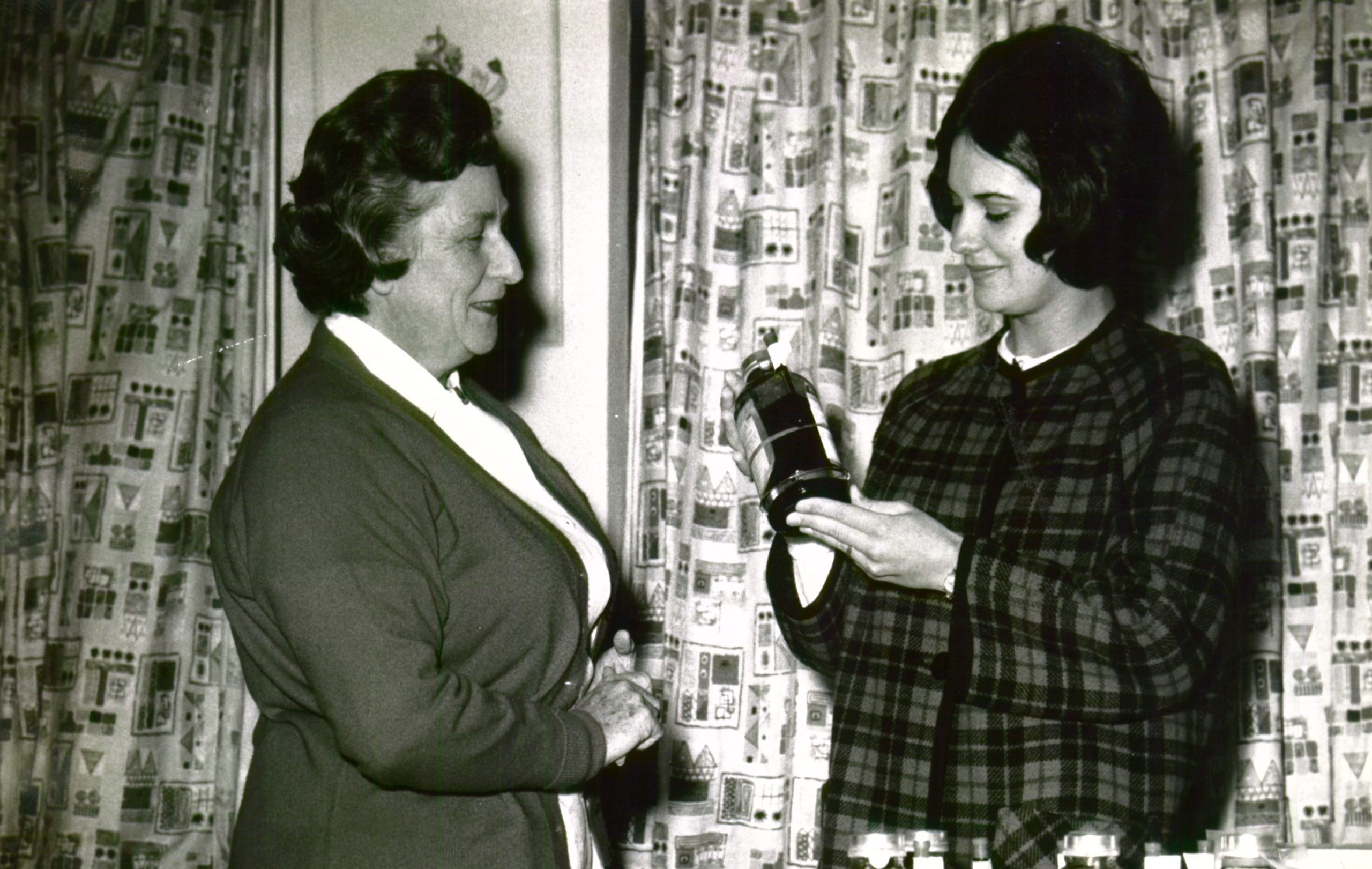
The fascinating history of blood donation
When the Western Cape Blood Service first started in 1938, blood was collected in Horlicks milk bottles.

The first blood transfusion
The first recorded successful blood transfusion was carried out in 1665 by Richard Lower, who performed the procedure between 2 dogs.
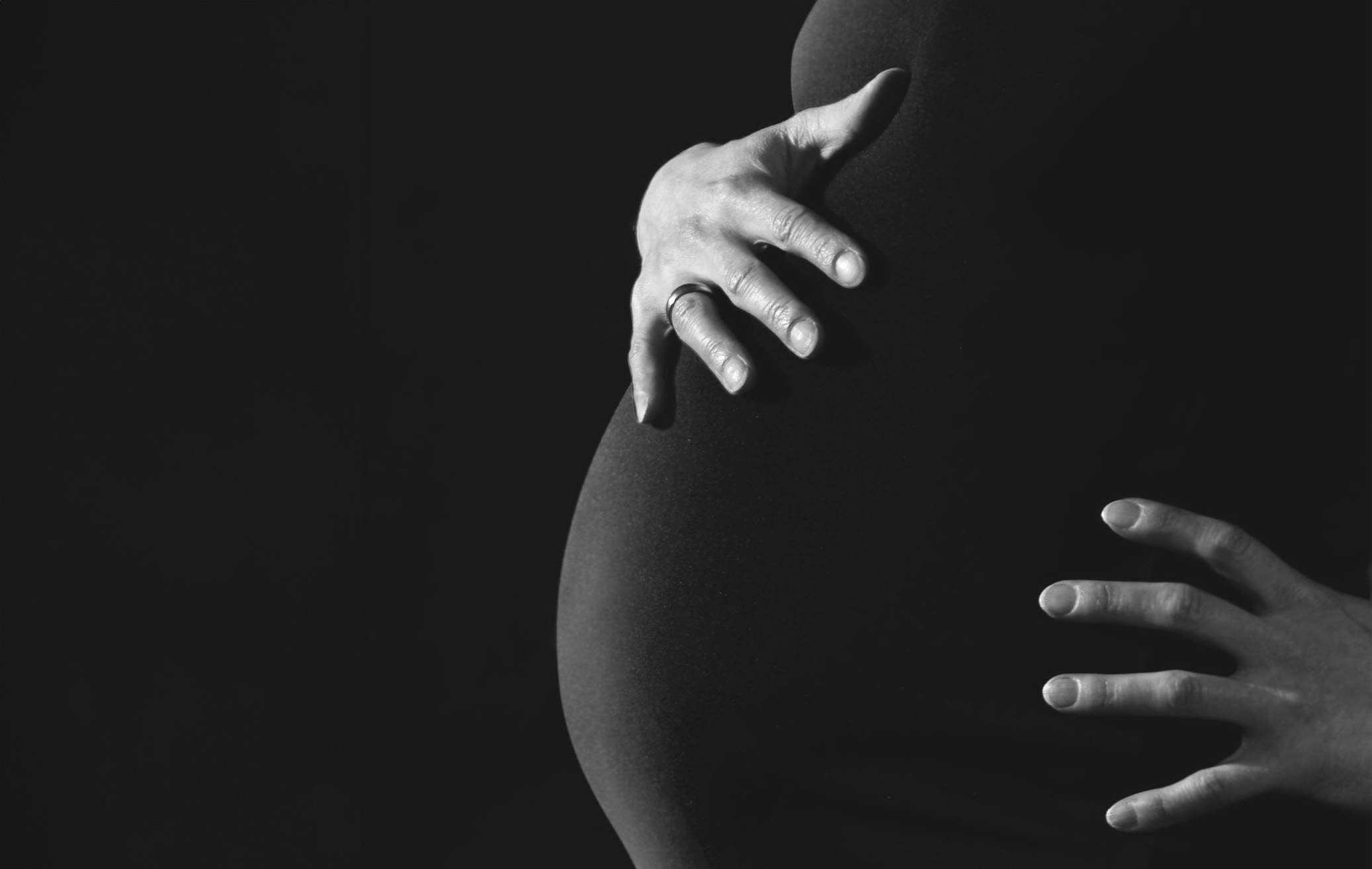
The gift of life
During pregnancy, the volume of blood in a woman’s body increases by nearly 50%. However, the number of red blood cells (which carry oxygen) don’t increase proportionally. As a result, blood tests often show mild anaemia, a normal condition during pregnancy. Interestingly, while the number of white blood cells — essential for fighting infections — slightly increases during pregnancy, this number increases significantly during labour and the first few days after childbirth.

